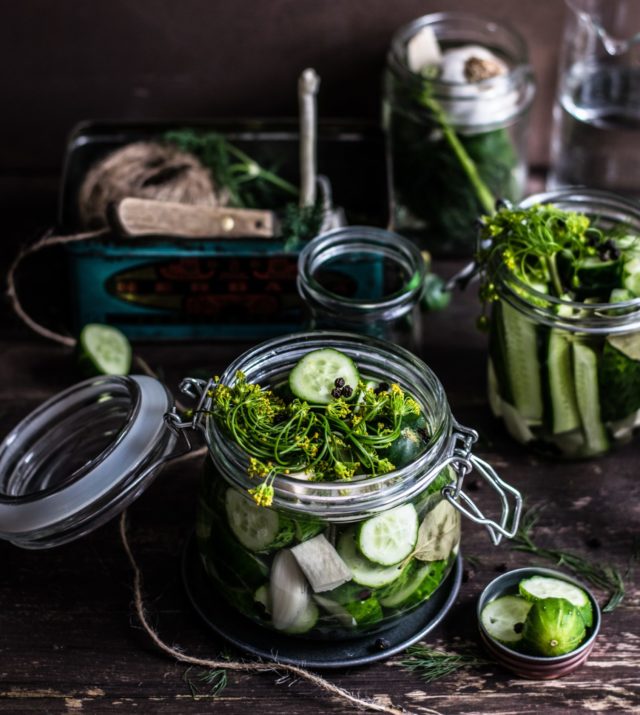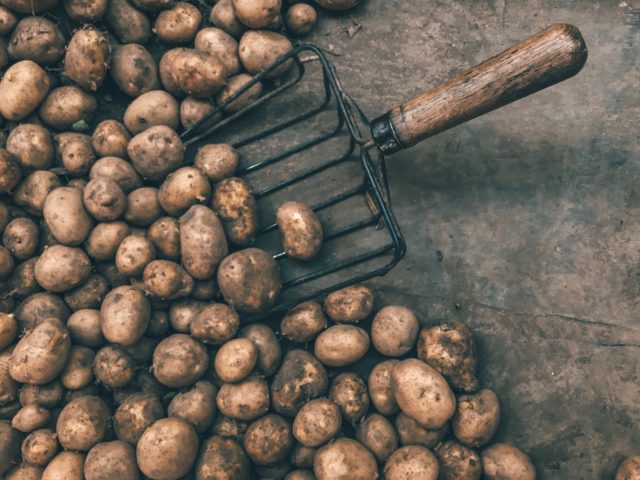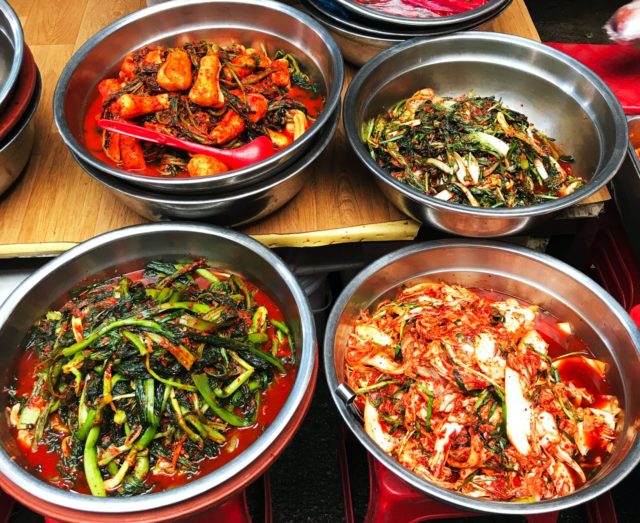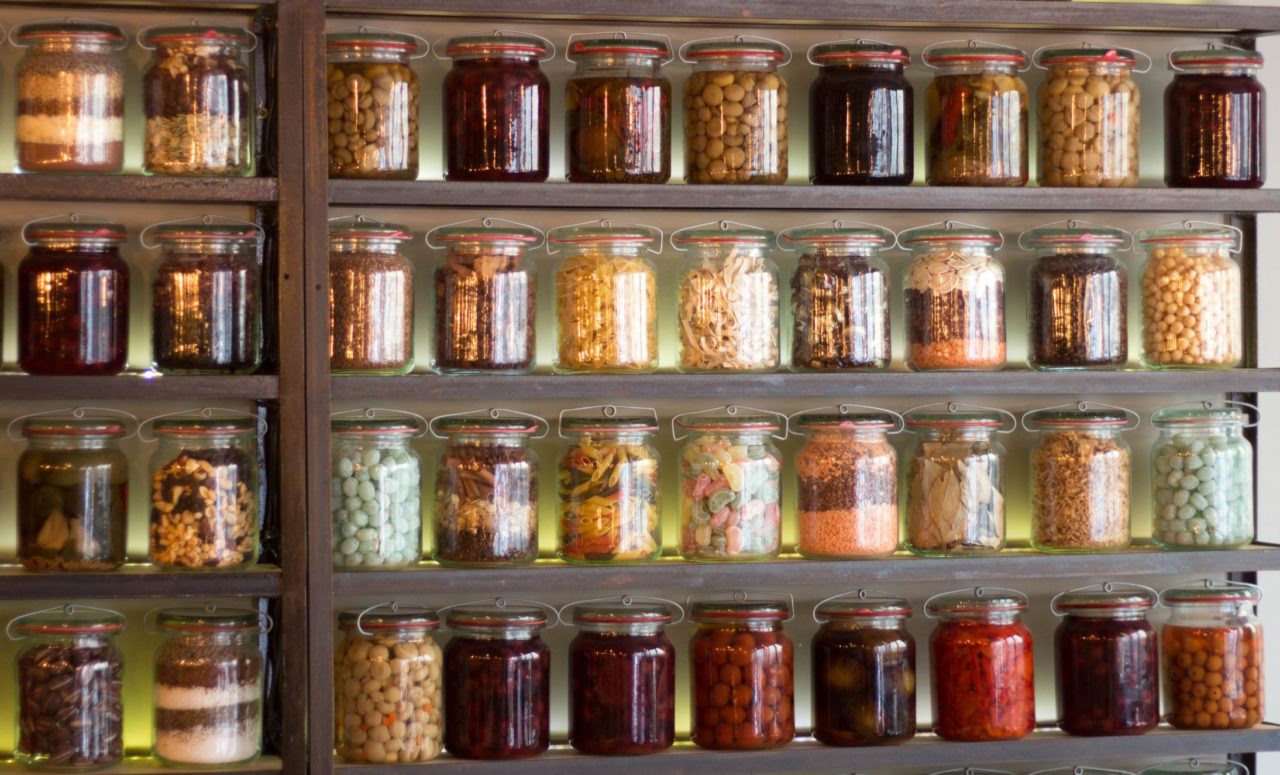Welcome back to our series on extending shelf-life of your backyard bounty! Last month, we talked about extending the life of your fruits, vegetables & herbs by drying, freezing and canning them. In this month’s post, we have four more creative ways to keep your goods, well, good! It’s also chock-full of resources to help you on your food-preservation journey. The National Center for Home Food Preservation and your local library are great places to start!
For an explanation of the Difficulty and Time Commitment ratings, check out Part 1. For a general overview of produce storage, check out this great PDF from the University of Washington.
1) VINEGAR PICKLING
Difficulty: Easy-Moderate
Time Commitment: Medium

Cukes, beans, peppers, garlic, brussel sprouts, carrots, cauliflower and radishes are just a few of the vegetables that make delicious pickles when bathed in brine and vinegar. Customizing the spices you add allows for additional zing, and a surprising spectrum of flavor. Many cultures have their own take on pickled vegetables, so once you’ve mastered the basics the culinary possibilities are virtually endless. (You can even pickle eggs and cantaloupe!)
2) ROOT CELLAR-ING
Difficulty: Varies (very easy once you construct a cellar!)
Time Commitment: Constructing cellar: High
Food preparation after construction & future seasons: Very Low

Based on the principle of keeping hardy veggies and fruits in a cool, humid location, root cellars in one form or other have helped humans survive the winter months for a very long time. Carrots, parsnips, potatoes, squash, and apples are just a few of the foods that stay fresh easily in this environment. While not everyone has the ability (or the inclination) to build a proper old-fashioned root cellar, it’s worth considering this pre-refrigeration standby and along with its more primitive, but equally effective, “hole in the ground” cousins. The Farmer’s Almanac has a great run down of how to get started. (Remember that root crops keep better with a little dirt on them, so hold off washing them until you’re ready to cook!)
3) FERMENTING
Difficulty: Easy
Time Commitment: Low (but requires maintenance over time)

Salty, sour, and oh-so-delicious, fermentation is natural food preservation’s gift to humans! Forgive us for the hyperbole, but we’re serious fans of this magical process. From sauerkraut to kimchi (even certain types of pickles!), fermented food is alive with probiotics that help your gut digest other foods and keep your brain in balance; it may even improve cognition! As interest has grown in recent years, fermentation clubs are cropping up in a variety of locations, so if you’re nervous about trying this on your own, a google search of your area will likely yield resources and veterans who might be eager to help you get started. The Berkshires even boasts its own Fermentation Festival!
If this article is making you wish you had a vegetable patch––or custom-built root cellar––reach out to our team of passionate professionals at NatureWorks Land Care. We can help you plan, plant, and cultivate the garden extravaganza of your dreams.
In the meantime, enjoy that fresh produce (whether from your garden or the farm stand down the street) and happy pickling!


